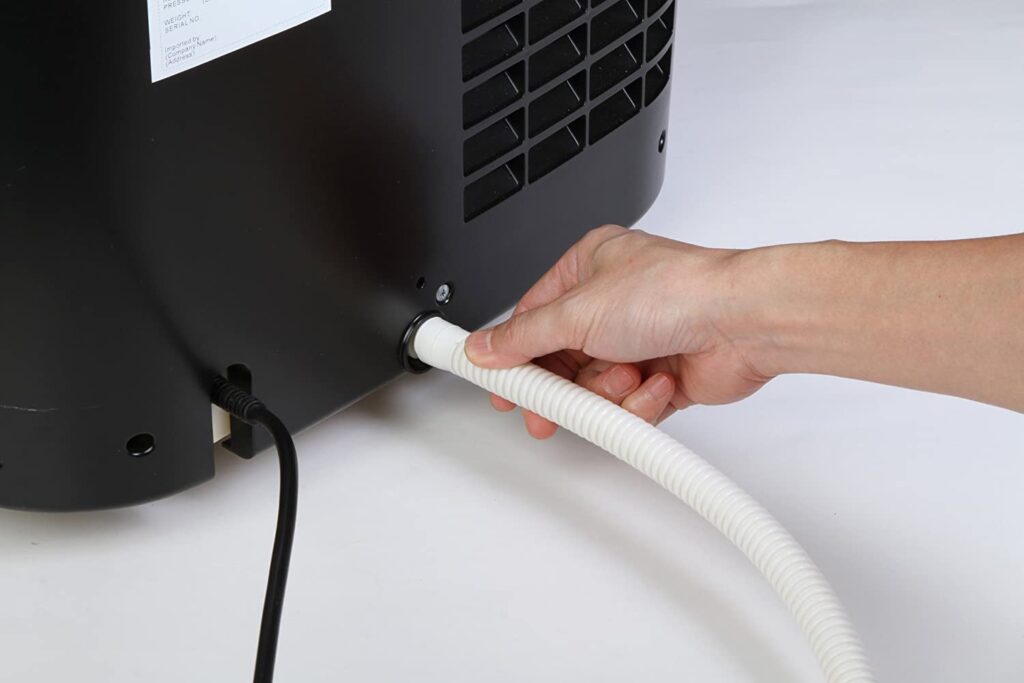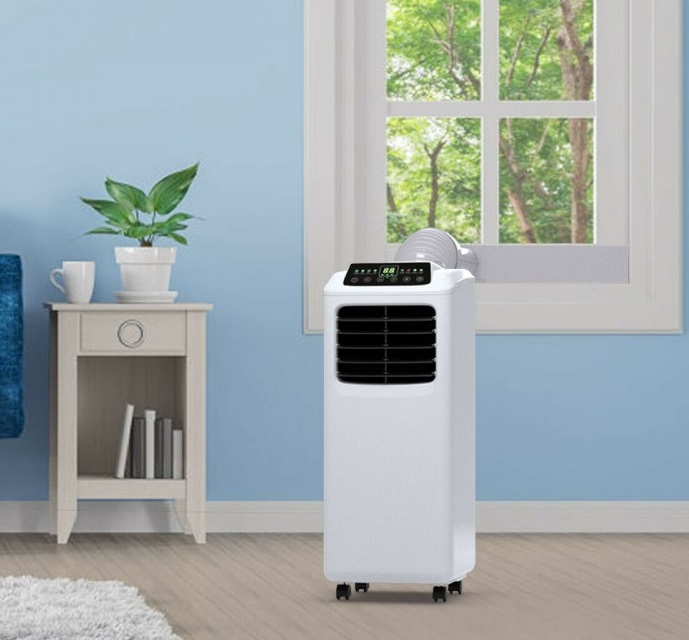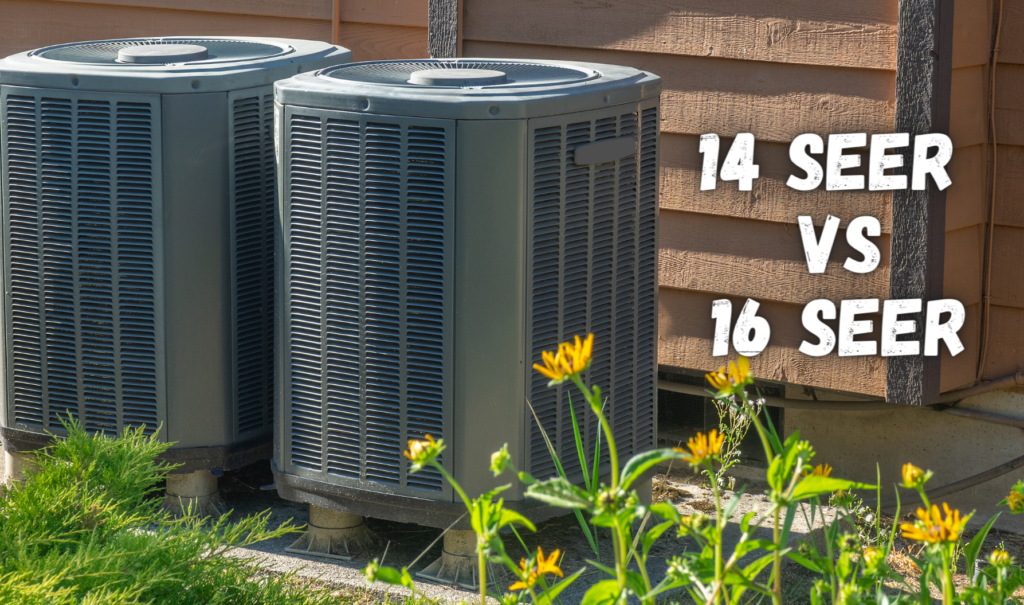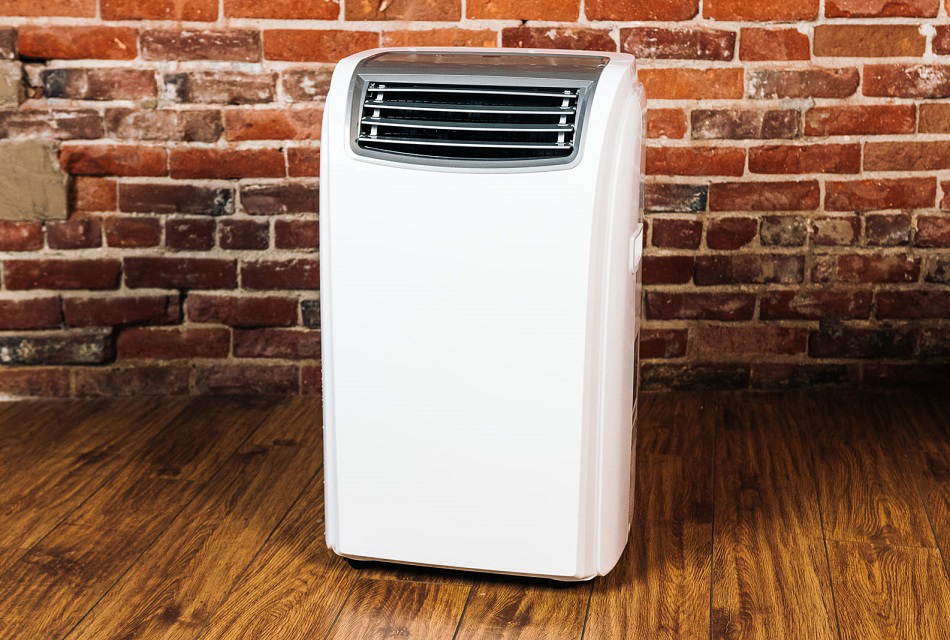

In the hot summer months, few things can provide relief, quite like your portable AC. As with most other appliances in your home, your AC will require a certain amount of maintenance to ensure it continues working properly. One of the primary maintenance functions of a portable AC includes draining the unit. Not draining your AC will prevent the unit from cooling if it comes to full. This could leave you wondering, what are the right tips on how to drain a portable AC? Our article highlights a few easy methods to consider.
Essentially, all portable air conditioners must be drained regularly. This is because these units work by removing moisture Trusted Source What are the Health Benefits of Air Conditioning? - Dr HVAC The most important health benefit of air conditioning is reducing your home’s humidity. Living in a house that prevents high humidity creates a less damp home, as well as keeping you healthy. High humidity is linked to dust mites, mould, heatstroke and dehydration. www.drhvac.ca from the air in your home. By doing so, a great amount of condensation builds up around the AC. When the unit isn’t drained, water will eventually leak from it. If you’re still shopping for the perfect portable air conditioner, our articles best battery-powered air conditioners and best Costway portable air conditioners will put you on the path to finding the best unit for your home. Both articles will identify units most suited to keep your home cool and comfortable in the summer.
An advantage of some newer AC models is that they boast a shutoff sensor that turns the AC off when it starts to overflow. However, to ensure that your AC continues to function properly, it’s recommended that you don’t only rely on the sensor.
That said, there are several ways to drain water from your AC. Keep reading as we take a look at a few of the most common options to consider.
One of the simplest methods is to drain the water into a pan. To do this, follow these few easy steps.

Another simple draining method is to use a drain hose which you can do by following these steps:
Generally, the recommended way to drain water is by using a condensate pump. A plus point with using a pump is that it can remain connected to the AC, which makes draining so much more convenient. Another plus point is that the AC doesn’t have to be moved to a specific angle because the motor will turn on and extract the water as needed. Since condensate pumps automatically drain the water and switch back on once the water is drained, it’s most likely the best alternative.
One of the most popular condensate vacuum pumps AC owners opt for is the XtremepowerUS 3CFM ¼ HP Air Vacuum Pump. As a 1-stage rotary air vacuum pump, this model boasts high efficiency and low noise. Since it’s a heavy-duty pump, it’s durable and efficient. With its strength, it’s easy to see why this unit is often regarded as one of the best vacuum pumps. Another heavy-duty pump that is a firm favorite for recharging AC systems is the VIVOHOME Single Stage Vacuum Pump. This unit boasts a built-in high-volume cooling fan and an oil drain valve which ensures faster and more thorough emptying. An ergonomic grip handle makes the unit easy to manage during use.
With the guidelines we’ve discussed, it’s obvious that draining your portable AC doesn’t have to be a difficult task. It’s crucial to perform regular draining to keep your unit in tip-top shape. While we recommend using a condensate vacuum pump, you can use the pan or hose method for similar results. How to drain your portable AC unit just became a whole easier!





